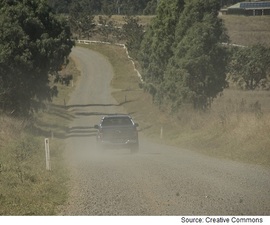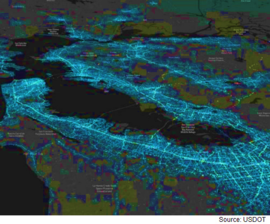
The ITS Joint Program Office released a report entitled "Rural Connected Vehicle Gap Analysis: Factors Impeding Deployment and Recommendations for Moving Forward." The report identifies potential challenges pertaining to the deployment of connected vehicles across rural areas and offers potential solutions that address those challenges.
|
|
 From Our Partners:
June 21, 1:00-2:30 PM ET– This webinar will discuss topics in traffic signal design and operations that agencies should consider when approaching an ATSPM deployment. Decisions made during the traffic signal design process, such as the use and placement of advance detection, can determine the ultimate capabilities of an ATSPM system and help to improve an agency’s traffic operations and signal maintenance.
|
|

The University of California at Berkeley’s Smart Cities Research Center and Lawrence Berkeley National Laboratory share findings from their work to develop new capabilities to synthesize activity-based travel demand and to model the supply of the transportation system through agent-based modeling. They applied machine learning techniques to cellular data to extract statistically representative mobility patterns, allowing them to generate synthetic populations from any urban region.
|
|

The STAR plan provides a framework for the transit industry to pursue transit bus automation in a safe, efficient, and economically sound manner. Built on a foundation of stakeholder engagement, use case analysis, and an extensive literature review, the plan defines activities in the areas of enabling research, integrated demonstrations, and strategic partnerships.
|
|